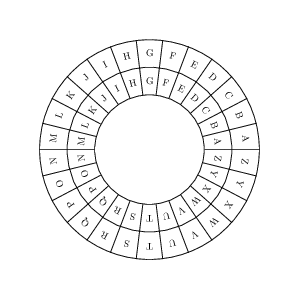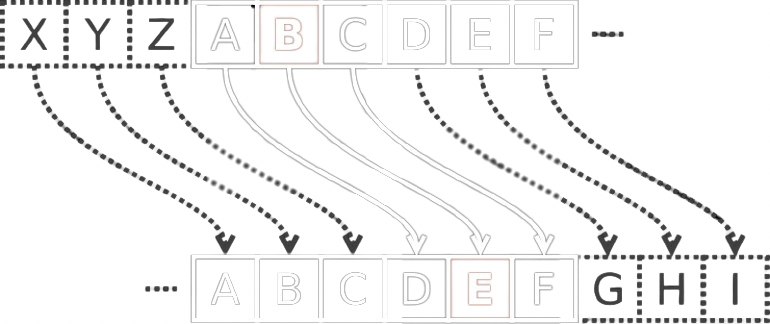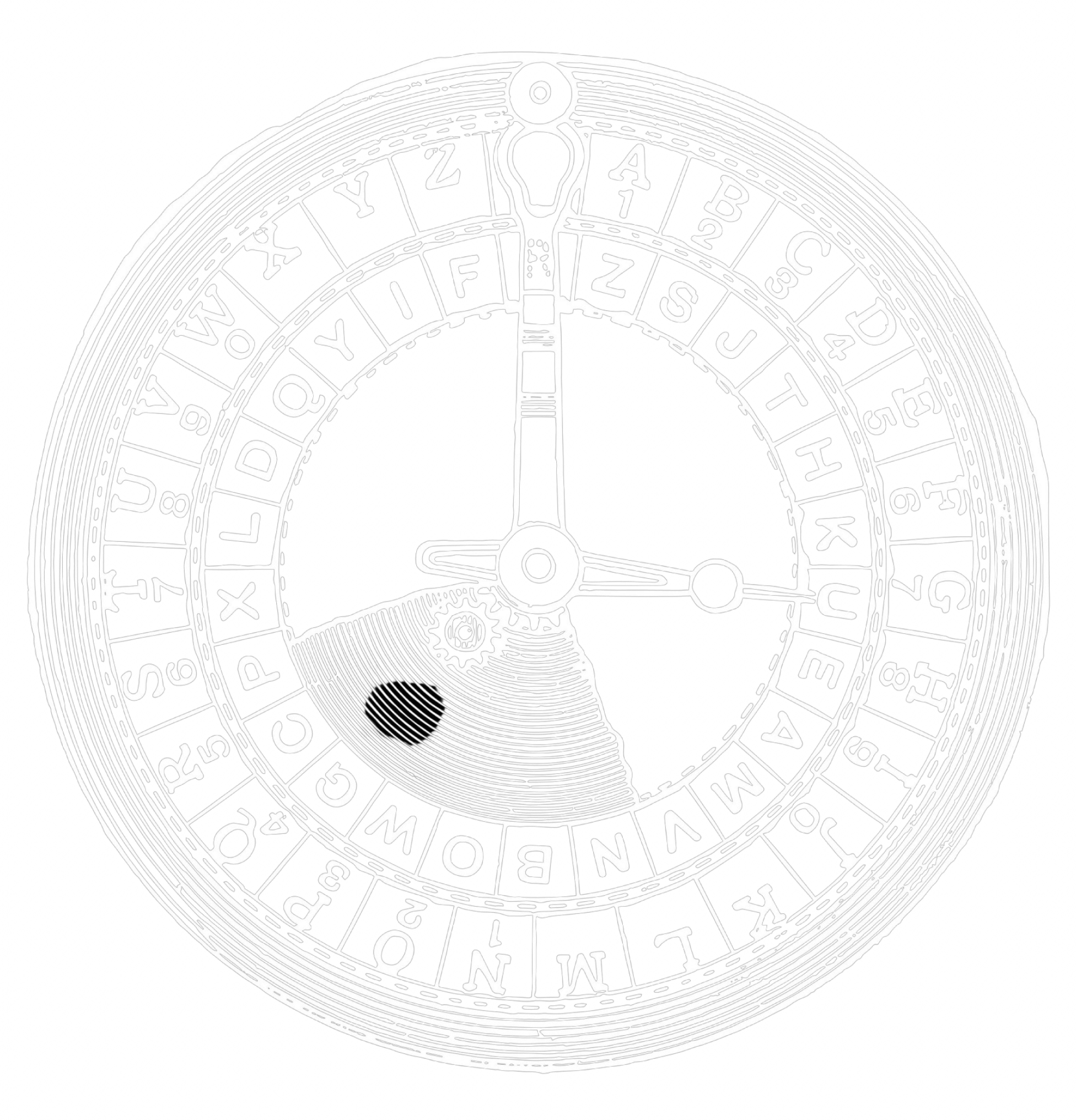

Caesar Cipher
A classic example of ancient cryptography.
What is the Caesar cipher?
The Caesar cipher is a straightforward technique for encoding messages that involves shifting letters in the alphabet by a fixed number of positions to produce a substitution alphabet.
Plain Text
Decrypt
Key
Cipher Text
How does the Caesar cipher work?
The Caesar cipher works by shifting each letter in the plaintext (the original message) a fixed number of positions down the alphabet to produce the ciphertext (the encoded message). The fixed shift value is usually referred to as the "key."
For example, if the key is 3, each letter in the plaintext would be shifted 3 positions down the alphabet. So, an A would become a D, a B would become an E, and so on. To decode the message, the process is simply reversed. Each letter in the ciphertext is shifted back 3 positions to reveal the original plaintext.
Although the Caesar cipher is a very basic encryption method, it was once used for military and diplomatic purposes. However, it is now considered to be very insecure, as the key space (i.e., the number of possible keys) is very small, making it vulnerable to brute-force attacks.
The Caesar cipher is a very basic encryption technique and is not considered to be secure, as it can easily be broken with simple frequency analysis or by trying all possible shift values. However, it can be a fun and educational tool for teaching basic encryption principles.

Visualizing the Caesar cipher
- Choose a fixed shift value to use for encrypting your message.
- Create a table with two rows. The top row should contain letters in alphabetical order, and the bottom row should contain the shifted letters according to the shift value you chose.
- Encode your message by replacing each letter in the original message with the corresponding letter in the shifted alphabet.
- Make sure the person who will receive your message knows the shift value you used so they can decode it properly.
- To decrypt an encoded message, subtract the original shift value from 26, and use the resulting value to shift the encoded message back to its original form.

History
The Caesar cipher is one of the oldest and simplest encryption techniques, and it is named after Julius Caesar, who is believed to have used it to protect his messages. The cipher is a type of substitution cipher, where each letter in the plaintext is replaced with a letter a fixed number of positions down the alphabet. The Caesar cipher was developed around 100 B.C. by Julius Caesar as a means to communicate with his military commanders without the risk of interception by his enemies.
He used a shift of 3 to encrypt his messages, so that a letter A would be replaced by a D, B would be replaced by E, and so on. This was a simple and effective way to keep the messages secret, as only those who knew the shift value could decipher the message. The Caesar cipher remained in use for many centuries, and it was a popular encryption technique during the Renaissance period. In fact, it was not until the invention of the frequency analysis technique in the 19th century that the Caesar cipher was no longer considered a secure method of encryption.
In the frequency analysis technique, an attacker would analyze the frequency of letters in the ciphertext and compare it to the frequency of letters in the English language. By doing so, they could deduce the shift value and thus decrypt the message. Despite being a relatively weak encryption technique, the Caesar cipher is still used today as a simple introduction to cryptography and as a basic building block for more complex ciphers. It has also been used in popular culture, such as in Dan Brown's novel "The Da Vinci Code," where the main character solves a message encrypted using the Caesar cipher.
